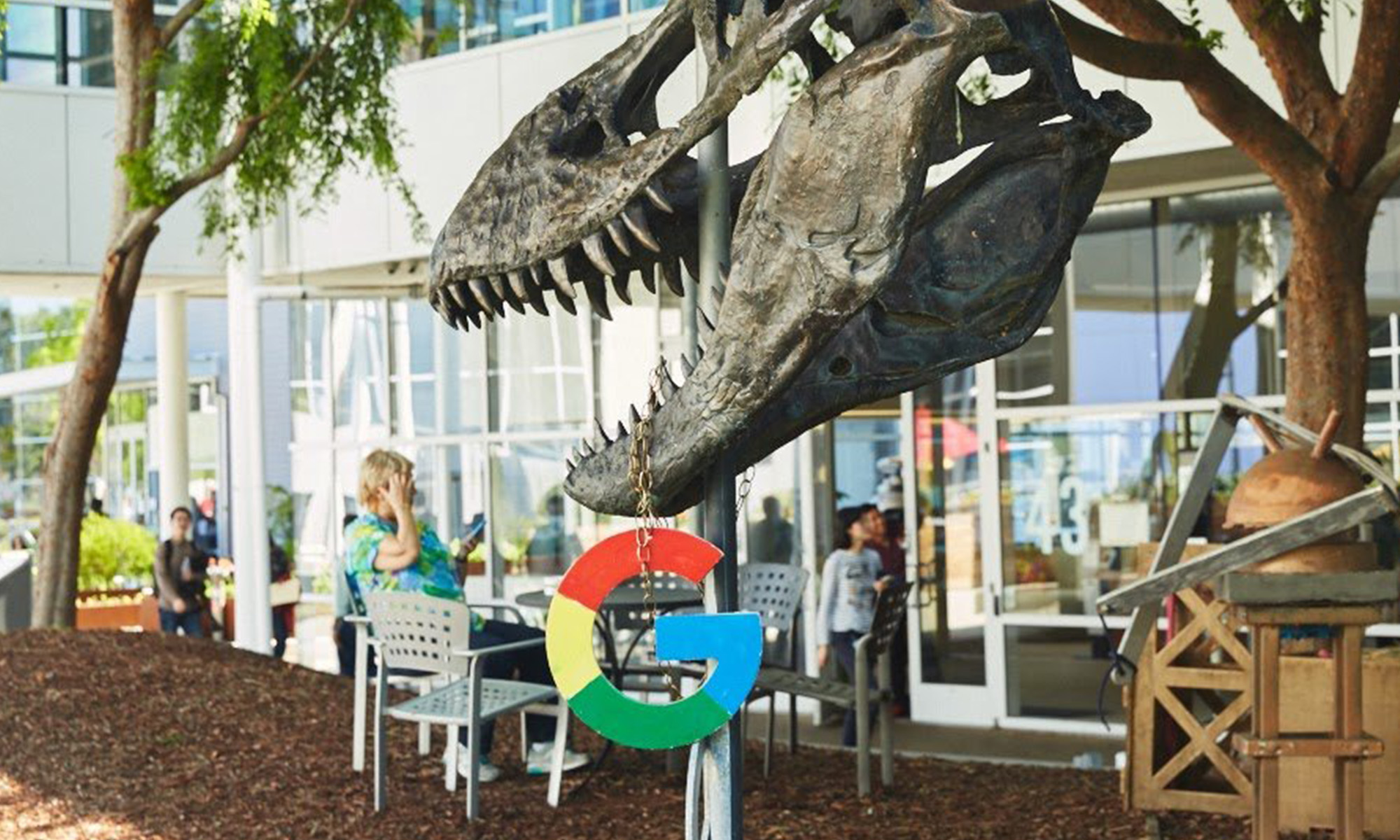Shares of Facebook (FB +1.15%) were hit hard last week, following the release of the social network's fourth-quarter earnings report. The main concern was likely the company's decelerating revenue growth. Its sales increased 25% year over year -- the slowest revenue growth the company has ever reported.
Despite the Street's pessimistic response to the report, there's still a lot to like about Facebook's underlying momentum. For what it's worth, the company's fourth-quarter top- and bottom-line results even beat expectations.
To get a better look at some of the other key developments in Facebook's business besides its slower revenue growth in Q4, consider the following two important takeaways from the company's fourth-quarter earnings call.

Facebook Messenger. Image source: Facebook.
1. Facebook's ad impressions are soaring
As usual, the social network's 25% year-over-year increase in revenue was driven primarily by growth in advertising. Advertising accounted for more than 98% of total revenue during the period. While this 25% jump in ad revenue marks a deceleration from 28% growth in the prior quarter, it's still notable considering how much more rapid the growth was than Facebook's growth in engaged users.
The company's family daily active people (DAP) -- a measure of active people across all of Facebook's apps that attempts to de-duplicate users so that each person is counted only once -- was up 11% year over year. Family monthly active people (MAP) rose 9% year over year.
The outsize growth in Facebook's ad revenue was due to an impressive 31% year-over-year increase in ad impressions served across the company's services. Importantly, ad impression growth wasn't driven by a one-time event or isolated source, either. "Similar to last quarter, impression growth was driven primarily by Facebook News Feed, Instagram Stories, and Instagram Feed," explained Facebook CFO Dave Wehner in the company's fourth-quarter earnings call. "Facebook News Feed impression growth benefited largely from community growth and engagement trends on the Facebook app."
Of course, investors should note the average price per ad on its platform decreased 5% year over year amid an ongoing mix shift to ads in the company's stories content format and in geographies that are monetizing at slower rates. But ad impression growth more than offset this headwind.
2. Management has ambitious plans for private messaging
Growth in private messaging via direct messages and groups and stories, which disappear within 24 hours, continue to be key drivers of engagement for Facebook.
"[A]cross our services, the greatest growth in how people are communicating continues to come from private messaging, small groups, and disappearing stories where your data doesn't stick around forever," explained Facebook CEO Mark Zuckerberg in his opening remarks.
To capitalize on this shift in user trends, the company is investing in infrastructure to turn its messaging services into "richer, private social platforms where you can hang out and be present with friends, find groups with your interest, and engage with businesses naturally." This effort, of course, includes the long-awaited interoperability of Facebook-owned messaging services.
Investors will finally get to see some of these "new experiences later this year," Zuckerberg said.
Both Facebook's strong ad impression growth trends and its investments in new experiences highlight two reasons for investors not to be down on the growth stock. Shares may be trading lower, but the company's growth prospects remain robust.






